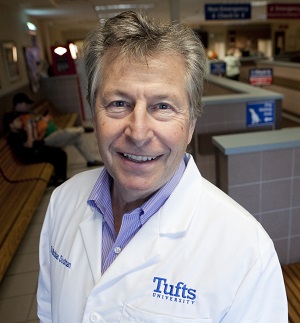 Many dogs display some level of aggression to their owners over food. Resource guarding – for that’s what it is – is one aspect of what is now referred to as conflict aggression. It is not so much a condition in and of itself but rather reflects an uncertain situation that the dog finds itself in.
Many dogs display some level of aggression to their owners over food. Resource guarding – for that’s what it is – is one aspect of what is now referred to as conflict aggression. It is not so much a condition in and of itself but rather reflects an uncertain situation that the dog finds itself in.
The response of a dog in a situation of uncertainty over its owner’s actions can range from a growl to a lip lift to a snap – or even to a bite. Owners of such dogs often report that he is a “perfectly fine dog for ninety-eight percent of the time but then he suddenly turns on us for no apparent reason.” I believe that the dog thinks exactly the same thing about them.
He knows and even likes his owners for ninety-eight percent of the time. But then – out of character –they challenge him in some way. It’s often not just a hand-in-food issue that’s involved. Dogs can guard any “valuable resource” of a food or non-food type — or act out in response to unwelcome physical interventions, chastisement or punishment.
The dog’s response under these circumstances may be only shown to certain individuals in the household – usually ones who are more invasive and ones who don’t command sufficient trust and respect. The good news about owner-directed aggression is that it is often quite easy to fix and need not occur at all if people understand what to do – and what not to do.
Below is my recipe for success when dealing with this sometimes thorny problem.
Avoid unnecessary confrontation
1) Food Aggression
2) Real bones, rawhides and other delicious long-lasting food treats
3) Disturbing a dog when he is sleeping
4) Postural interventions
5) Making a dog do something he doesn’t want to do
6) In response to admonition of physical punishment
No Free Lunch
1) Meals
2) Treats
3) Other things that must be earned
Click here to read the complete article.
Dr. Dodman is a Professor in the Department of Clinical Sciences at Cummings School of Veterinary Medicine and Director of the school’s Animal Behavior Clinic. He is also Chief Scientific Officer for the CENTER FOR CANINE BEHAVIOR STUDIES. He has written over 100 scientific articles and several popular press books, including The Dog Who Loved Too Much and The Cat Who Cried for Help.
